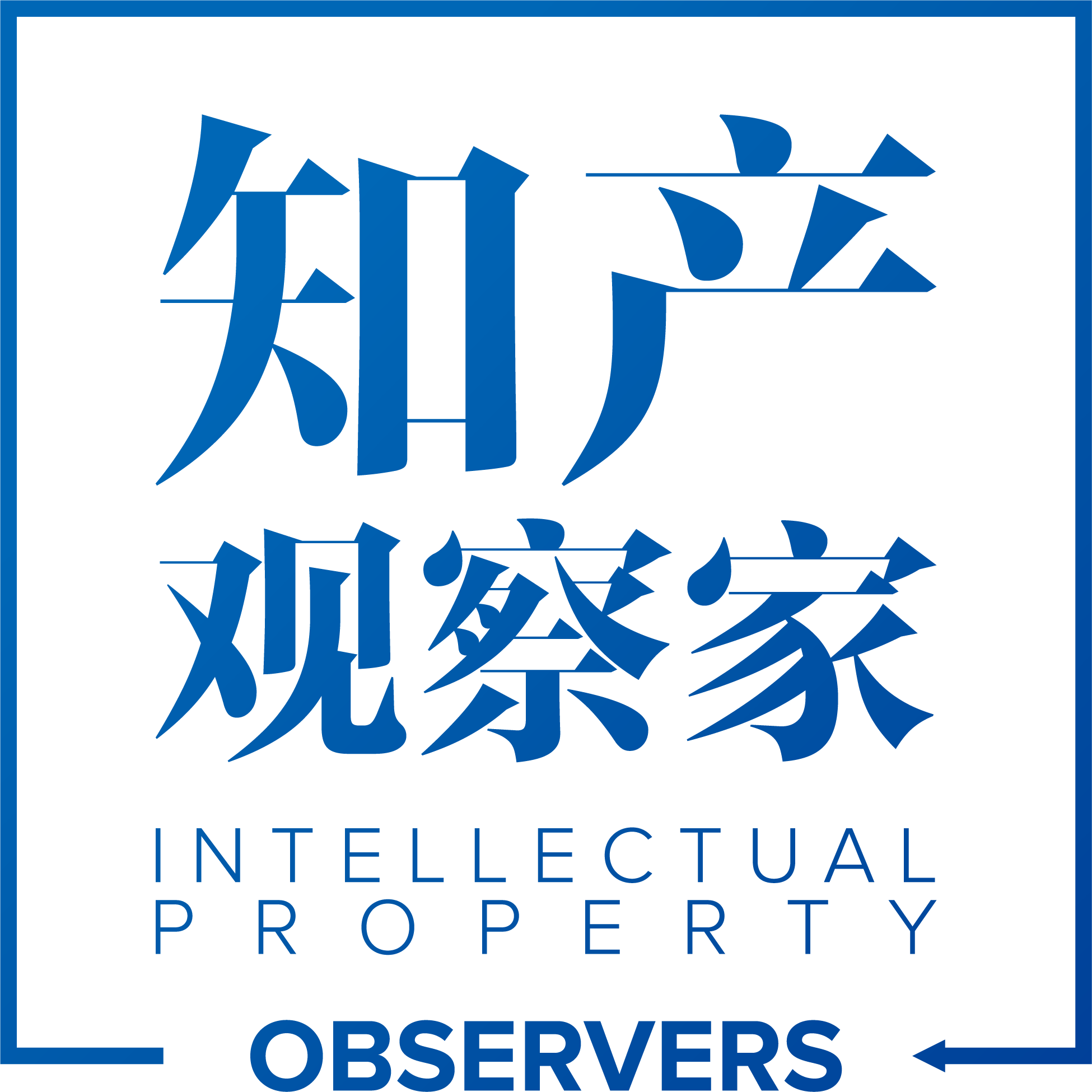Eileen McDermott
A patent covering diagnostic method claims was rejected by the US Court of Appeals for the Federal Circuit on Friday based on the Court’s controversial decision in In re Bilski, which changed the test for determining patent-eligible subject matter in the US.
Although the opinion was non-precedential, it could have significant implications for the biotechnology industry.The patent at issue (number 5,723,283) covers a "method of immunization, and compositions therefore ... for substantially preventing or reducing the symptoms of at least one infectious disease and at least one chronic immune mediated disorder", which involves immunising patients and analysing the results.The inventor, John Barthelow Classen and Classen Immunotherapies, accused Biogen, GlaxoSmithKline and Merck & Co of infringement.
The Court's brief opinion read: "In light of our decision in In re Bilski...,we affirm the district court's grant of summary judgment that these claims are invalid under 35 USC § 101. Dr Classen's claims are neither 'tied to a particular machine or apparatus' nor do they 'transform a particular article into a different state or thing.' ... Therefore we affirm." But Professor Christopher Holman of the University of Missouri-Kansas City School of Law said that the Court "got it wrong". Holman said that the opinion demonstrates the Court's lack of clarity on how to apply Bilski to biotech patents.
"The only way to make sense of it is if they found that, at its heart, the patent claims do not involve any transformation," which Holman said is simply not true.On his blog, Holman explained: "It is inconceivable that this does not constitute a transformation; if that were the case, it would logically follow that all method of treatment claims are patent-ineligible. Rather, the court implicitly must have determined that, in the context of the claims at issue, immunisation of a mammal constitutes an 'insubstantial extra-solution activity'."
In Bilski, the court rejected the "useful, concrete, and tangible result" test in favour of the "machine-or-transformation" test, which requires that, to be patentable, an invention must either be somehow tied to a machine or transformed into "a different state or thing". The court also said that "insubstantial extra-solution activity" does not render an invention patentable.
Holman said that the decision could have a broad impact on similar inventions that have been issued patents pre-Bilski and that the Court's decision "avoided
the big issues". Holman and other practitioners dissect Bilski's implications across various industries in the December/January issue of Managing IP, available online now.
From:www.managingip.com


